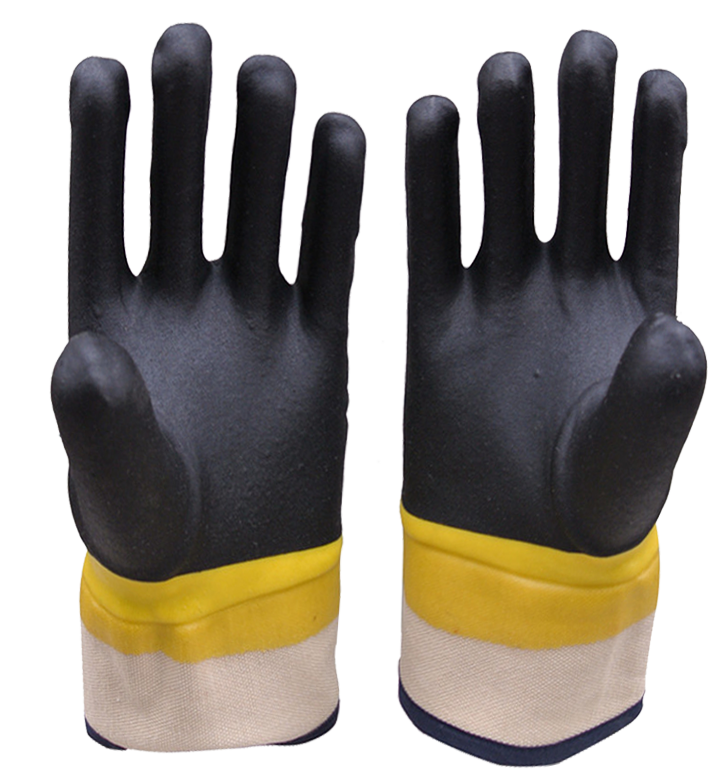Interpretation of Personal Protective Equipment (PPE) and its CE Certification
Author:Gloves Addtime:2024-11-11 16:32:43 Click:
Personal protective equipment (PPE) is used to prevent health & safety risks and must comply with EU directives. It is classified by risk category and must pass the conformity assessment procedure. All PPE must be accompanied by CE mark and user information to ensure proper use and maintenance. Selecting and using PPE that complies with CE certification can protect user safety and avoid risks.
Personal protective equipment (PPE) refers to various devices and appliances designed to protect health and safety of users. According to the EU's Personal Protection Directive 2016/425/EU, PPE applies to devices and appliances used to prevent one or more risks that may endanger health and safety. The directive covers all PPE used in professional, domestic, leisure and sports activities. In this article, we will explore the definition, scope of application, basic health & safety requirements, risk categories, conformity assessment procedures & labeling and user information of PPE.
Definition and scope
Personal protective equipment (PPE) refers to all device and appliance that the user is prepared to wear or hold to protect health and safety. These equipment are designed to protect against health and safety risks that may be encountered in a variety of situations, whether professional risks in occupational environments or everyday risks at home, leisure and sports activities. According to Directive 2016/425/EU, the scope of PPE is very wide, covering everything from professional protective equipment in the work environment to protective equipment used at home, leisure and sports activities.
Basic health and safety requirements
PPE must meet basic health and safety requirements, which include standards for designing and manufacturing to ensure that it can provide adequate protection under normal use. Specific requirements include:
PPE should be designed to ensure effective protection under various possible conditions of use.
PPE should have appropriate comfort and durability so that it will not cause discomfort to the user during prolonged use.
The materials and structure of PPE should prevent it from malfunctioning or degrading during use.
All PPE should be accompanied by clear instructions for use and maintenance guidelines to ensure that users can use and maintain the equipment correctly.
Risk categories
PPE is divided into three categories according to the type and severity of risk it protects against:
Category I: PPE for minimal risks, such as gardening gloves, sunglasses and light household gloves. This type of PPE is mainly used to protect against minor physical injuries and low-level health risks.
Category 2: PPE other than Category 1 and Category 3, such as general work clothes, safety shoes and other protective equipments for medium risks. This type of PPE is used to protect against medium-level risks.
Category 3: PPE for protection against fatal risks and serious health hazards, such as respiratory protection equipment, fall protection devices and chemical protective clothing. This type of PPE is used to protect against fatal and serious health risks in high-risk environments.
Conclusion
By ensuring that PPE complies with the requirements of Directive 2016/425/EU, the health & safety of users can be protected to the maximum extent, various potential risks and hazards can be avoided. For various usage scenarios, especially for users in high-risk working environments, PPE equipment that complies with the CE certification is of great significance. Manufacturers and users should pay attention to the compliance and usage specifications of PPE to ensure that the best protection can be provided in various environments.
